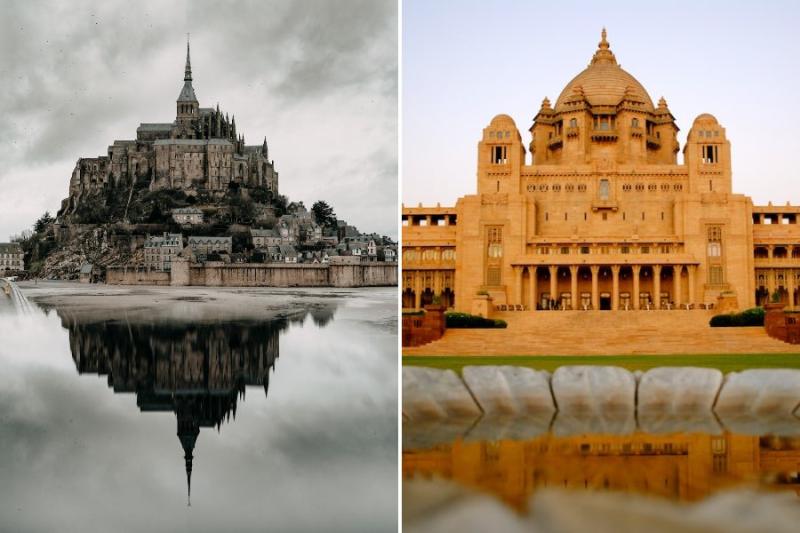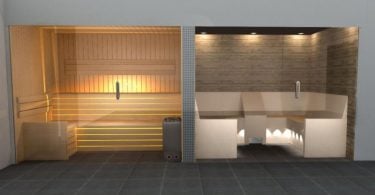Palaces are associated with wealth and cultural heritage. Did you know castles were primarily built for defence, with military-style design, smaller size, and often owned by feudal lords? However, palaces were built as residences for monarchs or high-ranking officials, with grander scales, ornate designs, and central city locations. Read ahead to know more.
What is a Castle?
A castle is a large fortified structure typically built during the medieval period (between the 9th and 15th centuries) in Europe and other parts of the world. Castles were constructed primarily for defensive purposes, designed to withstand attacks from enemy forces. They were also used as residences for nobility and royalty. Castles were typically made of stone and were built on high ground, with walls, towers, and gates designed to prevent or impede enemy advances. They often had moats or other defensive barriers around them to hinder attackers further.
Castles varied in size and complexity, with some being small and simple while others were massive and elaborate. They were often the centre of a feudal lord’s domain and were used as a base for military operations and governance of the surrounding area. Today, many castles have been preserved as historical landmarks and tourist attractions, providing a glimpse into the architectural and military history of the medieval period.
What is a Palace?
A palace is a large, impressive, ornate building, typically the residence of a monarch, a high-ranking dignitary, or a wealthy person. Palaces are often grand in scale and are characterised by their elaborate design, luxurious furnishings, and opulent decorations. Palaces are usually built for both residential and administrative purposes. They serve as the official residence of a monarch or a royal family and may also house government offices or ceremonial spaces for state functions. In some cases, palaces may also be used for public events, receptions, or cultural exhibitions.
Palaces can be found worldwide, but they are often associated with Europe, where they were built during the Renaissance and Baroque periods. Some of the most famous palaces in Europe include the Palace of Versailles in France, Buckingham Palace in the United Kingdom, and the Royal Palace of Madrid in Spain. Today, many palaces have been preserved as historical landmarks and are open to the public for tours, providing visitors with a glimpse into the grandeur and extravagance of the past.
Difference Between Castle and Palace
Here are some differences between a castle and a palace.
Palaces were residences for royalty, while castles were for defence. Castles had military-style walls, towers, and battlements to withstand enemy attacks. However, palaces were lavishly decorated, spacious, and furnished.
Castles were built on high ground with natural defences like cliffs or rivers. Palaces were built in city centres, often with gardens or parks.
History
Palaces were built between the 14th and 17th centuries, while castles were built between the 9th and 15th centuries.
Size
Castles usually had fewer rooms than palaces. Palaces had hundreds of rooms. Castles had moats, drawbridges, and other defences. Palaces were not designed for defence, so they lacked these features.
Ownership
Feudal lords owned castles, while monarchs or high-ranking officials owned palaces.
Military Use
Palaces were used for state ceremonies, while castles were military bases. Castles symbolise medieval military history. Palaces represent wealth, luxury, and culture.
Modern Use
Many castles are now tourist attractions or historical landmarks, while palaces may still be used for official state functions and open for tours.






